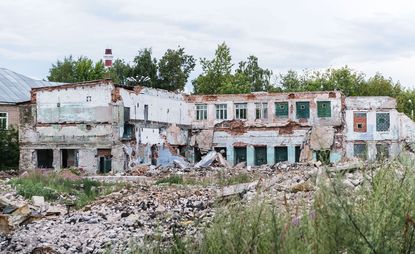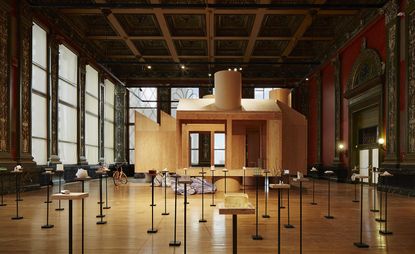Architecture biennales
-
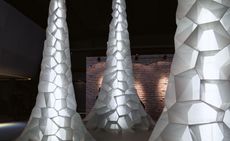
The Bi-City Biennale of Urbanism/Architecture 2013 rethinks China’s industrial past
By Catherine Shaw Last updated
-
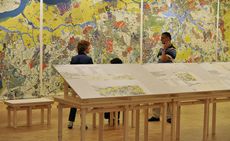
International Architecture Biennale Rotterdam 2014: exploring the relationship between city and nature
By Clare Dowdy Last updated
-
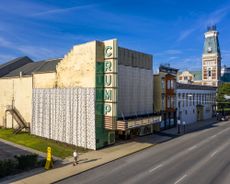
Exhibit Columbus 2019 explores architecture and community in Indiana
By Audrey Henderson Last updated
-
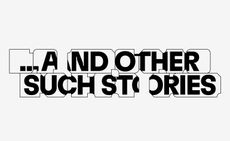
Chicago Architecture Biennial announces curatorial theme for 2019 edition
By Harriet Thorpe Last updated
-
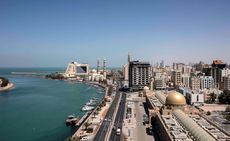
Theme announced for the inaugural 2019 Sharjah Architecture Triennale
By Ellie Stathaki Last updated
-
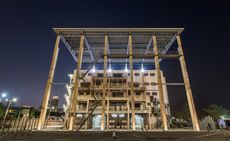
Tale of two cities: the Bi-city Biennale of Shenzhen and Hong Kong opens its doors
By Catherine Shaw Last updated
-
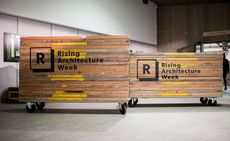
Up for debate: architect-activists gather for Rising Architecture Week
By Ellen Himelfarb Last updated
-
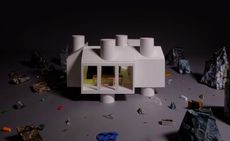
Full scale: we preview the inaugural Chicago Architecture Biennial’s ideas on housing
We preview the inaugural Chicago Architecture Biennial's ideas on housing
By Eva Hagberg Last updated
-
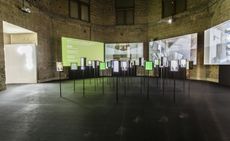
Expert showcase: the XIII Spanish Biennial of Architecture and Urbanism opens its doors
By Ellie Stathaki Last updated
-
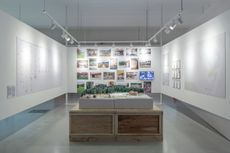
Seoul architecture and urbanism biennale calls out for collective city-making
Set across five locations in Seoul, Collective City is a platform for discussion about how architecture, city and governance can work together to create more humane cities. Projects by the likes of Atelier Bow-wow, amid.cero9 and Forensic Architecture take a pro-active and research-led approach to new urban solutions.
By SuhYoung Yun Last updated
-
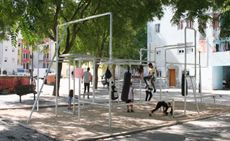
Outdoor boxing gym in Lisbon performs as urban acupuncture
As part of the Lisbon Triennale 2019, Mexican architecture studio Diseño Espacial, led by Carlos Ortega Arámburo and Daniel de León Languré, has worked with an outer city community to design and build an outdoor boxing gym to promote community health and happiness
By Harriet Thorpe Last updated
-
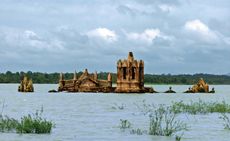
Caruso St John and Marcus Taylor discuss the British Pavilion at 2018 Venice Architecture Biennale
By Ellie Stathaki Last updated
-
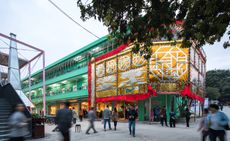
Reinventing Shenzhen’s identity and urban villages at the 2017 Bi-City Biennale
By Anna Yudina Last updated
-
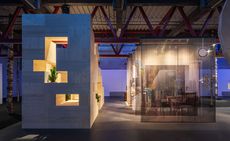
Tallinn Architecture Biennale explores why beauty matters
How relevant is beauty to human life, health and knowledge? Asks Dr Yael Reisner, curator of the 8th Tallinn Architecture Biennale
By Harriet Thorpe Last updated
-
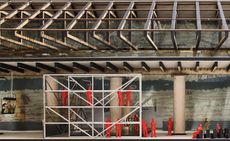
Venice Architecture Biennale 2014 preview: the top 25 exhibitions to visit
By Ellie Stathaki Published
